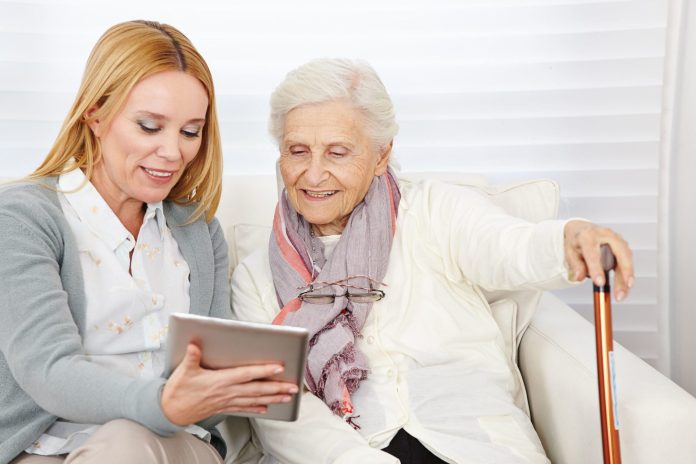German firm Locate Solutions uses different sensors and relies on Vodafone for connectivity.
German location solutions provider Locate Solutions is working with Vodafone to provide a service targeting Europe’s aging population.
“Autonomous and independent living will be a key area of growth for us,” said Stephan Kreutzer, managing director at Locate Solution. “We see a growing acceptance of technology helping people live independently for longer.”
My.sens is Locate Solution’s offering to the autonomous and independent living sector. It uses five multi-sensors to monitor movement, temperature and light. The sensors can be placed around the home, adapted to each user, and detect information about the well-being of the person living there. The my.sens system continuously monitors the environment and compares this with the stored, personal wellness data. The sensors send data to a local base station where it is tracked against a user’s profile. If there is an issue and the sensors detect “abnormal” activity, for example an extended period without movement in the home, the system automatically sends an alert.
Initially, Locate Solution tested my.sens using local SIM cards to send the data. “This was not ideal. We would have to install the SIMs, check if they worked in a particular area and check the network strength,” Kreutzer said. “It was a headache. And, of course, there was no way we could scale internationally.”
The German firm said the Vodafone Global M2M Platform now provides the connectivity to underpin my.sens. Vodafone provided the first batch of machine-to-machine SIMs deployed in a new build development in the country’s Bavaria region, where 75 apartments have been allocated for senior citizens.
The Vodafone Global M2M Platform allows Locate Solution to preinstall a single SIM in all systems. It can activate the SIM whenever the system is deployed, and Locate Solution can see which customers are using the SIMs to remotely turn them on or off as required.
“There will be a basic system and users can then add modules relevant to their lifestyle, as the needs of a 65-year-old are very different to those of an 85-year old. By their very nature our solutions must evolve, whether in terms of service, security or functionality,” Kreutzer said.
The executive also said the plan is to grow my.sens in the German market and expand to other European markets. “We see strong demand for this in Germany, France, Austria, Switzerland, Benelux, and the Nordics,” said Kreutzer. “We already have care providers approaching us. They understand that the technology is changing and they are prepared to test new solutions in the field.”

